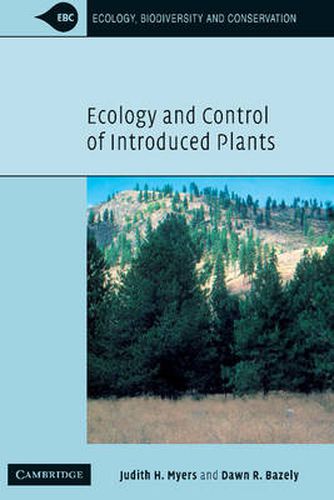Readings Newsletter
Become a Readings Member to make your shopping experience even easier.
Sign in or sign up for free!
You’re not far away from qualifying for FREE standard shipping within Australia
You’ve qualified for FREE standard shipping within Australia
The cart is loading…






The global spread of plant species by humans is both a fascinating large scale experiment and, in many cases, a major perturbation to native plant communities. Many of the most destructive weeds today have been intentionally introduced to new environments where they have had unexpected and detrimental impacts. This book considers the problem of invasive introduced plants from historical, ecological and sociological perspectives. We consider such questions as ‘What makes a community invasible?’, ‘What makes a plant an invader?’ and ‘Can we restore plant communities after invasion?’ Written with advanced students and land managers in mind, this book contains practical explanations, case studies and an introduction to basic techniques for evaluating the impacts of invasive plants. An underlying theme is that experimental and quantitative evaluation of potential problems is necessary, and solutions must consider the evolutionary and ecological constraints acting on species interactions in newly invaded communities.
$9.00 standard shipping within Australia
FREE standard shipping within Australia for orders over $100.00
Express & International shipping calculated at checkout
The global spread of plant species by humans is both a fascinating large scale experiment and, in many cases, a major perturbation to native plant communities. Many of the most destructive weeds today have been intentionally introduced to new environments where they have had unexpected and detrimental impacts. This book considers the problem of invasive introduced plants from historical, ecological and sociological perspectives. We consider such questions as ‘What makes a community invasible?’, ‘What makes a plant an invader?’ and ‘Can we restore plant communities after invasion?’ Written with advanced students and land managers in mind, this book contains practical explanations, case studies and an introduction to basic techniques for evaluating the impacts of invasive plants. An underlying theme is that experimental and quantitative evaluation of potential problems is necessary, and solutions must consider the evolutionary and ecological constraints acting on species interactions in newly invaded communities.